
The 506th Infantry Regiment, originally designated the 506th Parachute Infantry Regiment during World War II, is an airborne light infantry regiment of the United States Army. Currently a parent regiment under the U.S. Army Regimental System, the regiment has two active battalions: the 1st Battalion, 506th Infantry Regiment is assigned to the 1st Brigade Combat Team, 101st Airborne Division, and the 2nd Battalion, 506th Infantry Regiment is assigned to the 3rd Brigade Combat Team, 101st Airborne Division.

The 3rd United States Infantry Regiment is a regiment of the United States Army. It currently has three active battalions, and is readily identified by its nickname, The Old Guard, as well as Escort to the President. The regimental motto is Noli Me Tangere. The regiment is a major unit of the Military District of Washington (MDW). The 3rd Infantry is the oldest regiment still active in the Regular Army, having been first organized as the First American Regiment in 1784. It has been the official ceremonial unit of the U.S. Army since 1948.
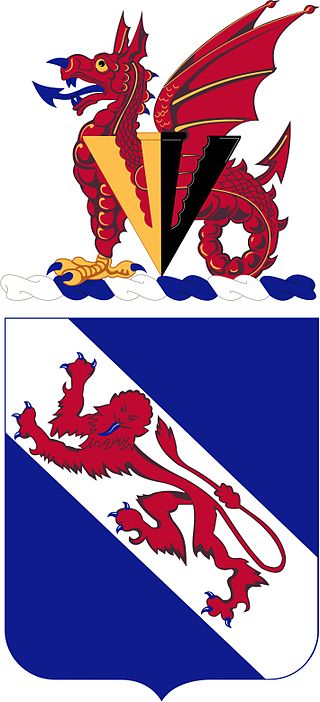
The 508th Infantry Regiment is an airborne infantry regiment of the United States Army, first formed in October 1942 during World War II. The 508th is a parent regiment under the U.S. Army Regimental System, and two battalions from the regiment are currently active: the 1st Battalion, 508th Parachute Infantry Regiment is assigned to the 3rd Brigade Combat Team, 82nd Airborne Division, and the 2nd Battalion, 508th Parachute Infantry Regiment is assigned to the 2nd Brigade Combat Team, 82nd Airborne Division. The regiment served in combat during World War II, and regimental elements have served in combat in the Dominican Republic, Vietnam, Grenada, Panama, Iraq and Afghanistan.

The 2nd Ranger Battalion, currently based at Joint Base Lewis–McChord south of Seattle, Washington, United States, is the second of three ranger battalions belonging to the United States Army's 75th Ranger Regiment.

The 14th Infantry Regiment is a United States Army light infantry regiment. It has served in the American Civil War, Boxer Rebellion, World War II, Korean War, Vietnam War, Operation Restore Hope, Operation Uphold Democracy, Operation Joint Guard, Operation Desert Storm, Operation Enduring Freedom, Operation Gothic Serpent, Operation New Dawn, Operation Resolute Support,Operation Iraqi Freedom, and Operation Inherent Resolve. The 14th Infantry Regiment did not take part in combat during World War I. It has also conducted peacekeeping and humanitarian missions in the Sinai Peninsula, Guantánamo Bay in Cuba, Bosnia, and Kosovo.

The 1st Infantry Regiment is a regiment of the United States Army that draws its lineage from a line of post American Revolutionary War units and is credited with thirty-nine campaign streamers. The 1st Battalion, 1st Infantry is assigned as support to the United States Military Academy at West Point, New York and to furnish the enlisted garrison for the academy and the Stewart Army Subpost. 2nd Battalion, 1st Infantry Regiment is an infantry component serving with the 2nd Stryker Brigade, 2nd Infantry Division at Joint Base Lewis–McChord, Washington.

Below is an estimated list of the major units deployed within the Multi-National Force – Iraq and other United States military units that were operating in Iraq under the U.S. Central Command (USCENTCOM) in 2009, during the Iraq War.

The 725th Brigade Support Battalion (BSB) (Airborne) is a support battalion assigned to the 2nd Infantry Brigade Combat Team (Airborne), 11th Airborne Division located in Alaska, which is one of two brigade combat teams assigned to 11th Airborne Division. The unit provides support for the infantry, artillery and cavalry units assigned to the brigade. The 725th consists of eight support companies. The 725th used to be known as the 167th Support Battalion. The unit's motto is "Service to the Line".

The 2nd Infantry Regiment is an infantry regiment in the United States Army that has served for more than two hundred years. It was constituted on 12 April 1808 as the 6th Infantry and consolidated with 4 other regiments in 1815 to form the present unit.
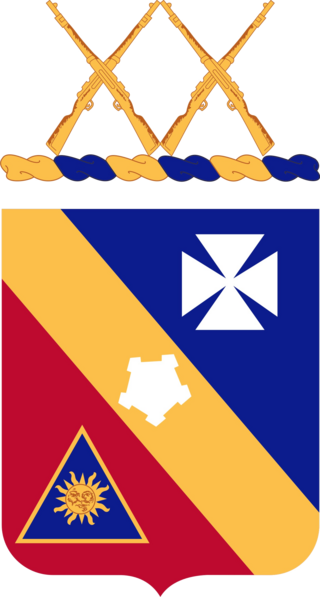
The 20th Infantry Regiment is a United States Army infantry regiment. Currently only the 5th Battalion of the 20th Infantry still exists. Stationed at Joint Base Lewis-McChord and part of the 1st Stryker Brigade Combat Team, 2nd Infantry Division, 5-20 Infantry was one of the original battalions selected to take part in the testing and fielding of the U.S. Army's then-new Stryker vehicle. During the Vietnam War, elements of the regiment carried out the My Lai massacre.
In 2009, the United States and NATO International Security Assistance Force (ISAF) coalition, along with Afghan National Army forces, continued military operations against the Taliban in Afghanistan. 2009 marks the eighth year of the War in Afghanistan, which began late in 2001.
13th Combat Sustainment Support Battalion is a modular, corps-level support organization Battalion responsible for providing multifunctional logistics support to maneuver, fires, and effects organizations as well as multifunctional logistics assistance to other support organizations. The 13th CSSB was formerly stationed at Fort Benning, Georgia, and was a subordinate unit of the 3rd Sustainment Brigade. The battalion was deactivated in October 2011 at Ft Benning and reflagged from the former 80th Ordnance Battalion at Joint Base Lewis/McChord. The battalion is now subordinate to the 593rd Expeditionary Sustainment Command.
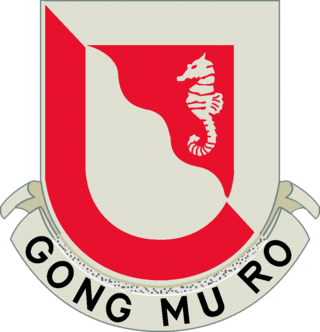
The 14th Brigade Engineer Battalion is a Combat Engineer Battalion of the United States Army based at Joint Base Lewis-McChord, Washington. The battalion is a subordinate unit of the 2nd Stryker Brigade, 2nd Infantry Division, and I Corps. The battalion's official motto is "Gong Mu Ro" and battle cry "Rugged!".

The 1st Battalion, 107th Cavalry Regiment was a unit of the Ohio Army National Guard, with troops in multiple locations throughout northeastern Ohio and has served in the United States of America's major wars and conflicts since 1898 until its inactivation on 31 August 2007.
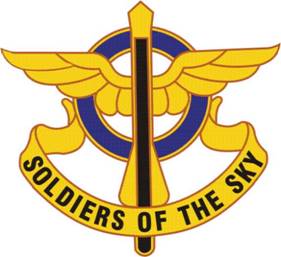
The 10th Aviation Regiment is an aviation regiment of the U.S. Army.

The 700th Brigade Support Battalion is headquartered in Norman, Oklahoma. It is a part of the 45th Infantry Brigade Combat Team, Oklahoma Army National Guard.
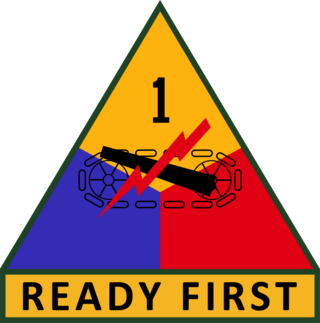
The 1st Armored Brigade Combat Team, 1st Armored Division is an Armored Brigade Combat Team of the United States Army, stationed at Fort Bliss, TX.
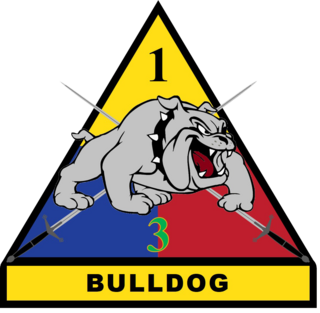
The 3rd Brigade Combat Team, 1st Armored Division is an Armored Brigade Combat Team of the United States Army, stationed at Fort Bliss, TX. First organized in 1944, as Reserve Command, 1st Armored Division, the unit fought in Italy in World War 2, in Operation Desert Storm and in Operations Enduring and Iraqi Freedom. The brigade has been stationed at Forts Hood and Bliss, Texas; Fort Riley, Kansas; Fort Lewis, Washington; and in Germany.
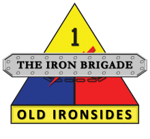
The 2nd Brigade Combat Team, 1st Armored Division is an Armored Brigade Combat Team of the United States Army, stationed at Fort Bliss, TX. First organized in 1942, as Combat Command B, 1st Armored Division, the unit fought in North Africa and Italy in World War 2, in Operation Desert Storm and in Operation Iraqi Freedom. The brigade has been stationed at Fort Hood, TX and in Germany.
142nd Division Sustainment Support Battalion is a multifunctional logistics headquarters. It is task organized as a Division Sustainment Support Battalion with capability required to support specified mission requirements. The CSSB supports echelon above brigade units, multifunctional brigades, functional support brigades, and brigade combat teams. The 142nd DSSB is currently stationed at Fort Bliss, Texas, and is a subordinate unit of the 1st Armored Division Sustainment Brigade.


















